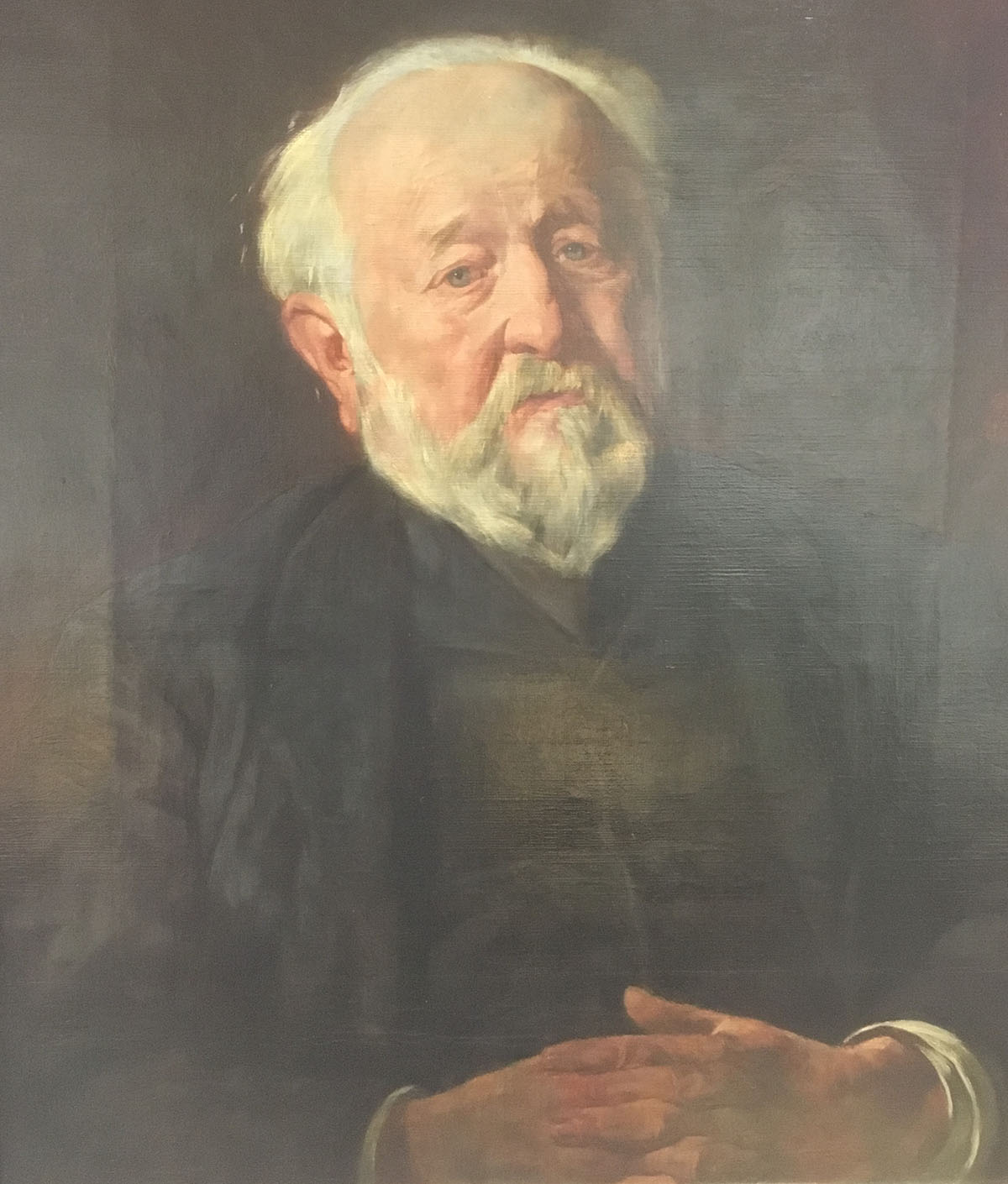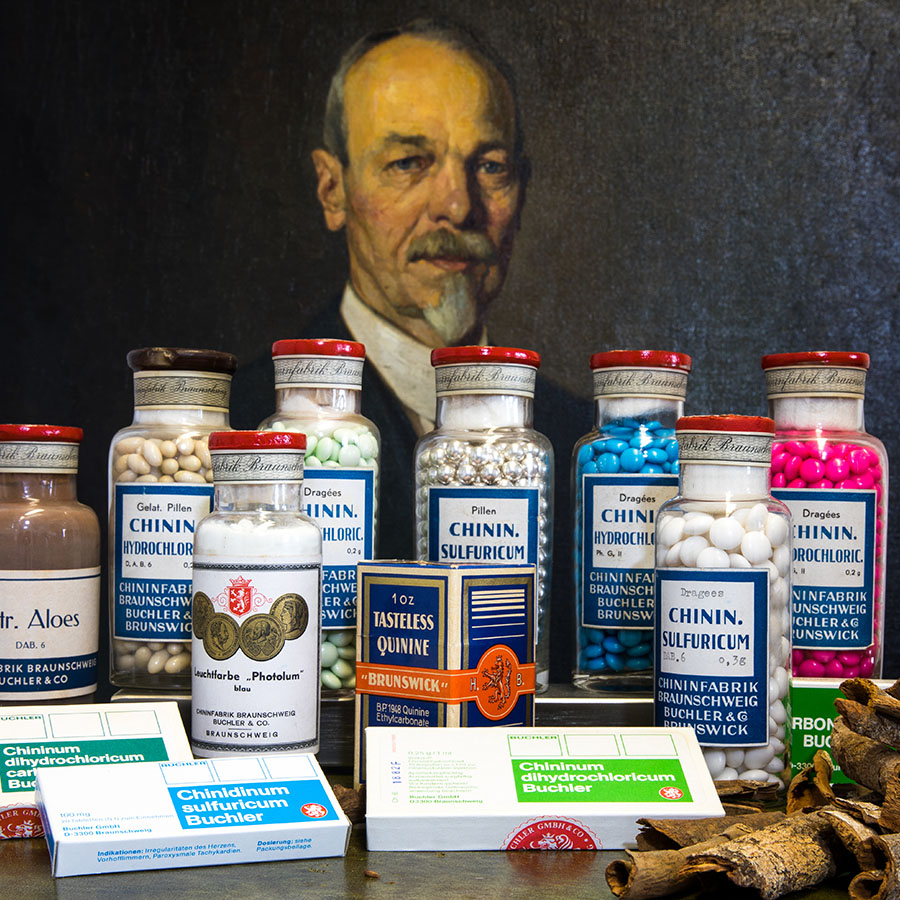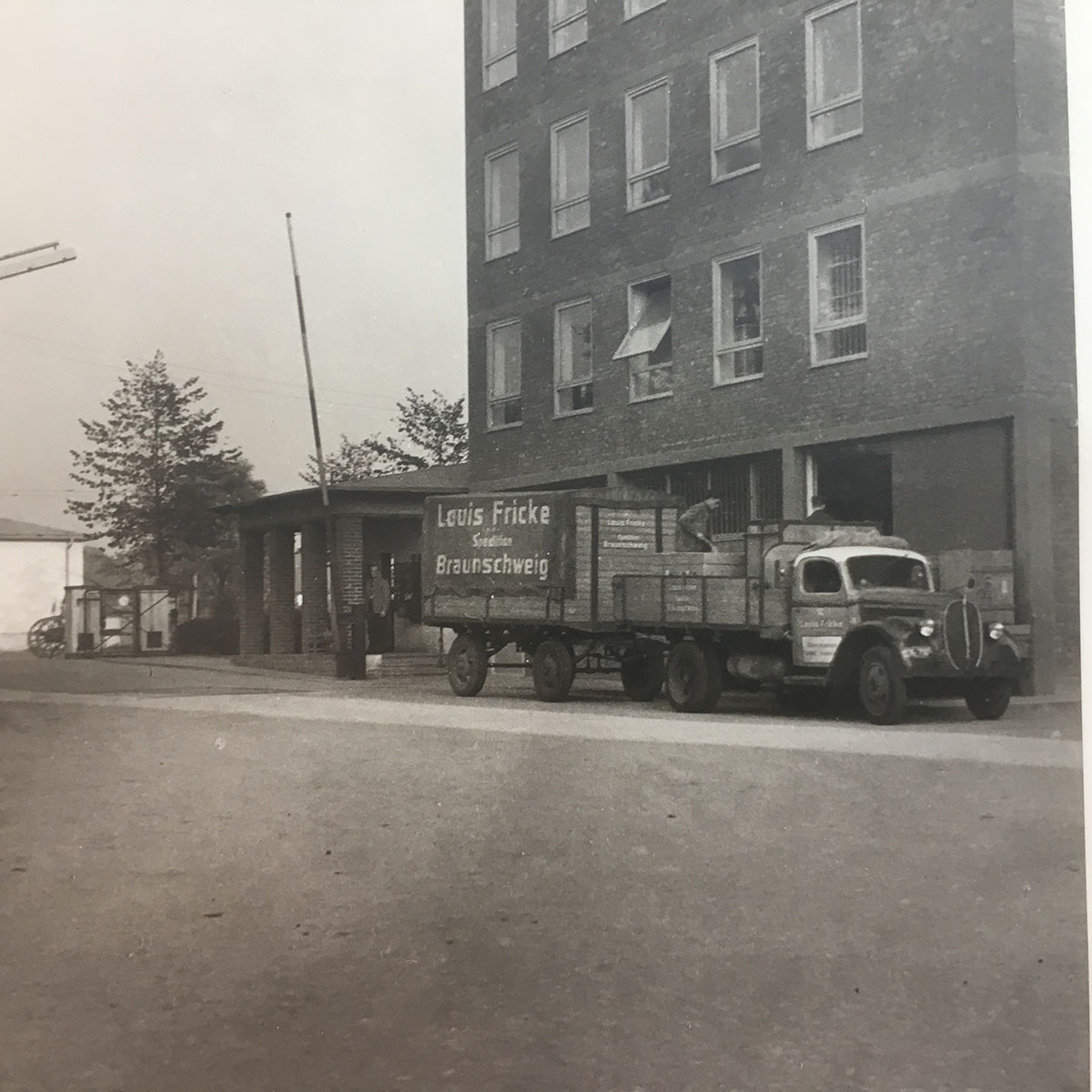BUCHLER GMBH
In 1858, Hermann Buchler, a very astute entrepreneur, established a quinine chemical factory in Braunschweig, Germany, which is now owned in the 5th generation by the Buchler family. Buchler’s product portfolio later expanded to include other alkaloids such as cocaine, codeine and yohimbine, which were subsequently discontinued in the 1960s. In 1898/1899, Professor Friedrich Giesel, the chief chemist of Buchler, developed the world’s first industrial radium extraction process and in 1901, it was the first company in the world to offer industrially manufactured radium products.
In 1963, the first Cinchona plantation in Central Africa was acquired In 2010 the cinchona alkaloid production of DSM was taken over. In 2022 Arnold Suhr a Dutch distributor with production facilities in Madagascar joined the Fagus Group.
After over 150 years in the industry, Buchler remains Europe’s sole manufacturer of Cinchona alkaloids. Strong and long-standing relationships with our partners and loyal customers is the key to our success and the essence of our business.


CINCHONA ALKALOIDS
Cinchona alkaloids include quinine, quinidine, cinchonine and cinchonidine. These alkaloids are extracted from the bark of the Cinchona officinalis, Cinchona calisaya and the Cinchona ledgeriana trees, which grow in tropical altitudes of 1,300 to 2,300 metres.
The history of Cinchona is fascinating and has on several occasions been decisive for humankind. The full history has been the topic of several great publications (i.e. Fever Trail in Search of the Cure for Malaria 2001 by Mark Honigsbaum) and detailed scientific articles. The brief version is as follows:
In the 1620s, the Indigenous people of Peru shared their knowledge of the healing properties of the endemic Rubiaceae plant with Jesuit missionaries. The plant was named “Cinchona” after the Countess of Chinchon, who was deemed the first European ever to be cured of malaria by a decoction of bark powder in 1630. “Jesuit Powder”, introduced in Europe in 1632, became a successful treatment for the widespread “Ague Fever”, now commonly known as malaria. In 1737, Cinchona was botanically classified by Carolus Linnaeus, one of the most renowned European scientists of his time.
Cinchona alkaloids such as quinine, found in the bark of the Cinchona tree and used in anti-malarial treatments, were identified and isolated in 1820 by the French scientists Pierre Joseph Pelletier and Joseph Caventou. Subsequently, patients could effectively be treated for malaria with precise doses of these pharmaceutical ingredients.

CINCHONA ALKALOIDS
Cinchona alkaloids include quinine, quinidine, cinchonine and cinchonidine. These alkaloids are extracted from the bark of the Cinchona officinalis, Cinchona calisaya and the Cinchona ledgeriana trees, which grow in tropical altitudes of 1,300 to 2,300 metres.
The history of Cinchona is fascinating and has on several occasions been decisive for humankind. The full history has been the topic of several great publications (i.e. Fever Trail in Search of the Cure for Malaria 2001 by Mark Honigsbaum) and detailed scientific articles. The brief version is as follows:
In the 1620s, the Indigenous people of Peru shared their knowledge of the healing properties of the endemic Rubiaceae plant with Jesuit missionaries. The plant was named “Cinchona” after the Countess of Chinchon, who was deemed the first European ever to be cured of malaria by a decoction of bark powder in 1630. “Jesuit Powder”, introduced in Europe in 1632, became a successful treatment for the widespread “Ague Fever”, now commonly known as malaria. In 1737, Chinchona was botanically classified by Carolus Linnaeus, one of the most renowned European scientists of his time.
Cinchona alkaloids such as quinine, found in the bark of the Cinchona tree and used in anti-malarial treatments, were identified and isolated in 1820 by the French scientists Pierre Joseph Pelletier and Joseph Caventou. Subsequently, patients could effectively be treated for malaria with precise doses of these pharmaceutical ingredients.
Quinine was the world’s first isolated active pharmaceutical ingredient to be marketed as a remedy against malaria and quickly became the treatment of choice for the disease. Its increased popularity in the second half of the 19th century even led to a shortage of raw material sources in Latin America. Quinine was of great importance to the Europeans; an effective treatment for malaria was essential to their colonial expansion in the 19th century. They even launched several expeditions to South America to obtain seeds of trees with high quinine content.
In 1865, Manuel Incra Mamani, assistant to Charles Ledger, found trees believed to have good quinine content. Ledger sold them to the Dutch government for a sum that would today, be considered ridiculously low. The seeds of this tree were planted in Java by Benelot Moens of the National Botanical Garden in Bogor. Through the selection and breeding of Ledger’s most promising plants, Benelot Moens developed a new high yield quinine named Cinchona Ledgeriana (Moens). It remains the primary species chosen for Cinchona plantations. This new variety contained up to five times more quinine than the best South American varieties. This marked the beginning of the Dutch monopoly on Cinchona bark, and later on quinine, which lasted until 1942.
To the dismay of the Dutch, in the 1930s the Belgians managed to obtain some of the seeds and cultivated Cinchona trees in their colony in Central Africa. This paved the way for the Democratic Republic of Congo’s current domination of Cinchona bark production.
Quinine continues to be used as an anti-malarial medicine, especially for the treatment of severe forms of the disease and in cases of ineffective alternative treatments. In Europe and North America, it is also used to treat nocturnal leg cramps. Additionally, it is used as a natural flavouring agent for the unique bitter taste in tonic water and bitter lemon soft drinks and as fillers for long drinks and cocktails.
